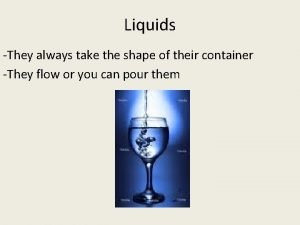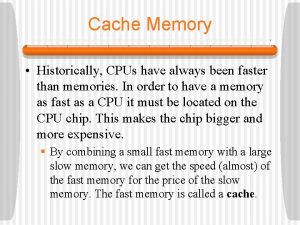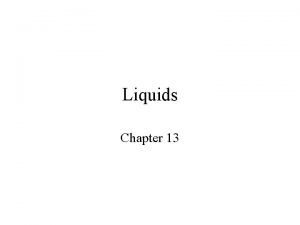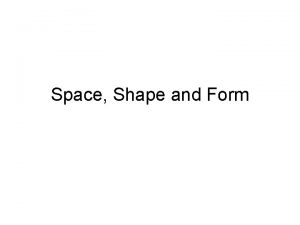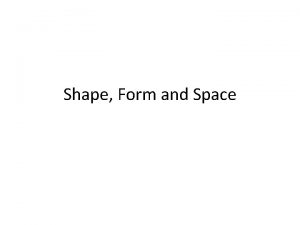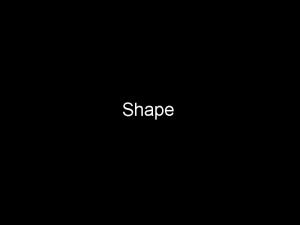Liquids They always take the shape of their











- Slides: 11

Liquids -They always take the shape of their container -They flow or you can pour them

Pressure on an object is the force applied to a specific area P=F/A P stands for pressure, F stands force, A stands for area To calculate force multiply mass (kg) x the acceleration of gravity (10 m/s 2)

Pressure Caused by Liquids Have you ever swam down to the deep end of a pool and your ears started to hurt? All the water above you is pushing down on you creating pressure on air pockets in your head called sinuses Does it matter how big the pool is or only how deep the pool is?

What Causes Pressure from Liquids? Pressure from liquid is caused by three things; 1. Gravity pulling down on the liquid 2. The density of the liquid (Density = mass/volume) 3. The depth of the liquid

How to Calculate Pressure from a Liquid Pressure from a liquid= P = p x g x h p = Density of the liquid = mass of the liquid / the volume g = the acceleration of gravity, 10 N/kg h = Depth = how far down from the top the object feeling pressure is

Buoyancy Can you lift up a rock that is half your size? - You can if the rock is in the water Buoyancy: the apparent loss of weight of objects when submerged in a liquid http: //www. youtube. com/watch? v=2 af. DLk-Jz. EY&feature=related

Buoyant Force: the upward force exerted by a fluid on a submerged or immersed object

Archimedes’ Principle • The buoyant force on an immersed object is equal to the weight of the fluid it displaces http: //www. youtube. com/watch? v=EIdph 7 ksny. Y&feature=related -It makes no difference how deep an object is under the surface of the fluid the buoyant force is the same. http: //www. youtube. com/watch? v=v. J 36 uraz. Du 4

Float or Sink? What determines if an object will sink or float in water? -It depends on the submerged objects buoyant force (pushing up) and its weight (pushing down). If an object is more dense than water (1 g/ml) it will sink and if it is less dense than water it will float. If an object has the same density as the fluid surrounding it, it will not float or sink.

Floating A floating object displaces a weight of fluid equal to its own weight. http: //www. youtube. com/watch? v=VDSYXmvjg 6 M

Pascal’s Principle (Hydraulics) Pascal’s Principle – changes in pressure at any point in an enclosed fluid at rest are transmitted undiminished to all points in the fluid and act in all directions. What does this mean in English? F/A = P = F/A Where F stands force (N), A stands for area, P stands for pressure http: //www. youtube. com/watch? v=ep. Owd. GIDzl. Y http: //www. youtube. com/watch? v=c. Bx. Oxwd. DTPQ&feature=related
 Liquid take the shape of their
Liquid take the shape of their Walmart
Walmart Take a bus or take a train
Take a bus or take a train 1a grammar present simple and continuous
1a grammar present simple and continuous Tag question exercise
Tag question exercise Cache memory is faster than
Cache memory is faster than Aerodynamic shapes
Aerodynamic shapes Shape matching and object recognition using shape contexts
Shape matching and object recognition using shape contexts Shape matching and object recognition using shape contexts
Shape matching and object recognition using shape contexts Read the sentences and decide if they are
Read the sentences and decide if they are Read the sentences and decide if they are true or false
Read the sentences and decide if they are true or false Rankings: what are they and do they matter?
Rankings: what are they and do they matter?
